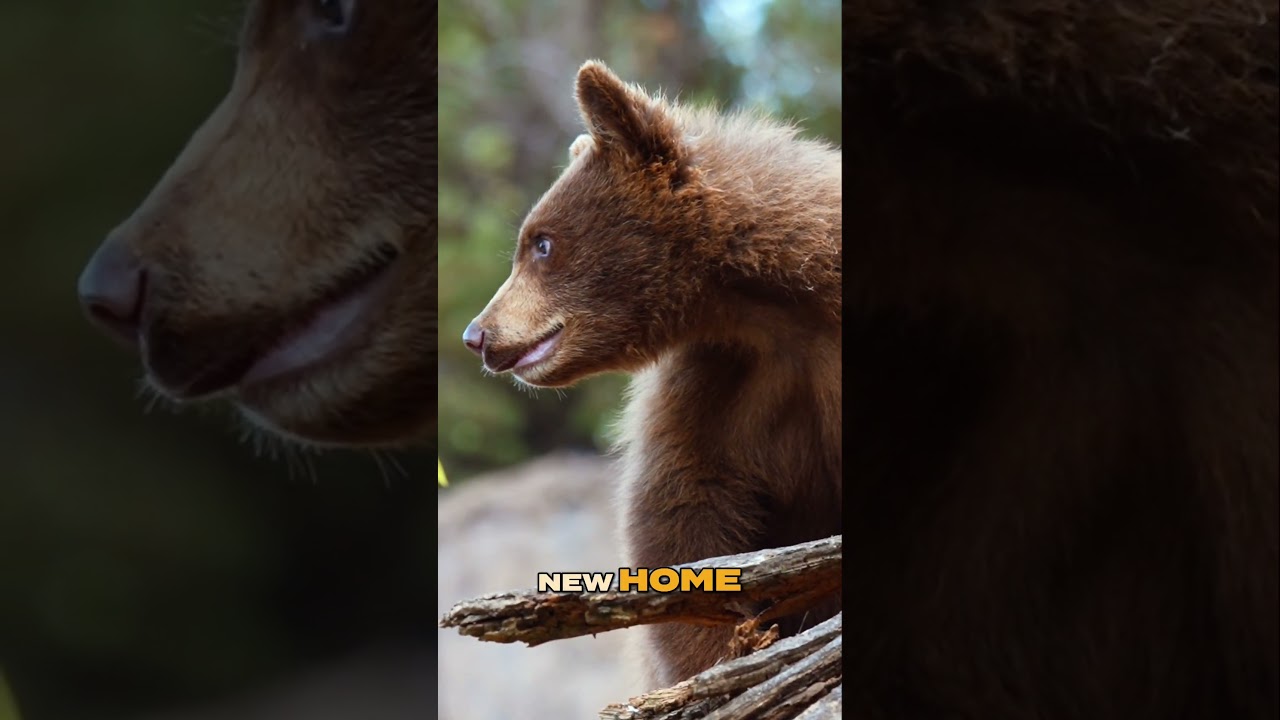- The initial adaptation process of bear cubs to their new habitat
- Behavioral observations and interaction with the environment
- Importance of habitat design in promoting natural behaviors
- Role of the zoo in conservation education and public awareness
- Practical insights from zoology and zoo management practices
Bear Cubs First Habitat Experience | Sedgwick County Zoo has garnered considerable attention, as it presents a unique opportunity for wildlife enthusiasts to witness the initial adaptation of young bears to their new environment. This article delves into multiple aspects of this process, focusing on behavioral observations, habitat design, and the critical role of zoos in conservation.
The initial adaptation process of bear cubs to their new habitat is a critical phase, marked by curiosity and exploration. Upon entering their habitat, which mimics their natural environment, cubs engage in instinctual behaviors. Sedgwick County Zoo’s team of experts monitor this phase closely to ensure a smooth transition. Cubs typically exhibit behaviors like sniffing, pawing, and cautious movement, indicating their process of familiarization. This period can last from a few days to several weeks, depending on individual variances in adaptability and previous experiences.
Behavioral observations during these initial days are invaluable for understanding how these young animals interact with their surroundings. Cubs are often seen climbing structures, foraging for food, and engaging in play fights, mirroring behaviors they would display in the wild. These activities are not merely for exercise; they are essential for cognitive development and social bonding. Zoo staff meticulously document these behaviors, using both direct observation and video recordings, to gather data that can inform future habitat designs and management practices.
The importance of habitat design in promoting natural behaviors cannot be overstated. Sedgwick County Zoo’s habitat for the bear cubs is a carefully engineered space that provides various stimuli to mimic the complexities of a natural environment. The enclosure includes climbing trees, streams, rocky outcrops, and foraging areas, all crafted to encourage physical activity and mental engagement. These features are vital for the cubs’ development, as they promote behaviors necessary for survival in the wild. Additionally, such an environment helps mitigate stress and prevents the development of stereotypic behaviors, which are repetitive, non-functional actions that result from inadequate stimulation.
Zoos play a pivotal role in conservation education and public awareness. By showcasing the bear cubs’ first habitat experience, Sedgwick County Zoo provides visitors with a tangible connection to wildlife conservation efforts. This educational aspect is crucial, as it fosters a sense of responsibility and stewardship in the public. Interactive exhibits, informational plaques, and guided tours offer insights into the lives of these animals, the threats they face in the wild, and the steps being taken to protect their populations. The zoo also engages in breeding programs and partnerships with wildlife conservation organizations to contribute to species preservation.
Practical insights from zoology and zoo management practices come into play significantly in handling the cubs’ transition to their habitat. Zoos like Sedgwick County implement a variety of strategies derived from the latest research in animal behavior and welfare. For instance, introducing enrichment activities that mimic foraging or hunting can help the cubs develop problem-solving skills. Dietary plans are formulated to replicate the nutritional profile of a wild diet, ensuring the cubs receive adequate nutrients for robust growth. Veterinary care protocols are in place to monitor health and address any issues promptly.
Bear Cubs First Habitat Experience | Sedgwick County Zoo also highlights the collaborative efforts between various departments within the zoo. Keepers, veterinarians, nutritionists, and environmental enrichment coordinators work in tandem to create a holistic care plan for the bear cubs. This multidisciplinary approach is essential for addressing the complex needs of these animals and ensuring their well-being. Regular training sessions are conducted for the staff to keep them updated on the latest advancements in animal care and welfare.
In terms of visitor engagement, the zoo has leveraged technology to enhance the experience. Live streams and social media updates allow the public to witness the cubs’ progress in real-time, fostering a global community of wildlife supporters. Educational workshops and talks are organized to delve deeper into the science behind animal care and conservation, making the information accessible to a broader audience.
Bear Cubs First Habitat Experience | Sedgwick County Zoo encapsulates the essence of modern zoological practices focused on both animal welfare and public education. This initiative not only provides a safe and stimulating environment for the cubs but also serves as a model for other zoos worldwide. The combination of scientific research, innovative habitat design, and comprehensive care protocols ensures that the cubs thrive while also educating and inspiring the public to participate in conservation efforts.
*****
Source Description
🐻✨ Watch as our adorable orphaned black bear cubs, Takelma and Sama, explore their new habitat for the very first time at the Sedgwick County Zoo!
Rescued from the Oregon wilderness, these cubs are now experiencing the sights, sounds, and smells of their forever home.
In this heartwarming video, you’ll see the cubs playfully navigate their new surroundings, from climbing structures to grassy areas and trees. It’s a significant step in their journey of adaptation and growth.
Takelma, named after the Native American people of Oregon, and Sama, which translates to “summer” in the Takelma language, are already winning hearts with their playful antics and curiosity.
Stay tuned for more updates on their progress and eventual public debut. For now, enjoy this special glimpse into their first moments in their beautiful new habitat.
Don’t forget to like, comment, and subscribe for more animal updates and heartwarming stories from the Sedgwick County Zoo!
#BlackBearCubs #SedgwickCountyZoo #Rescue #ZooLife #Wichita #Kansas


